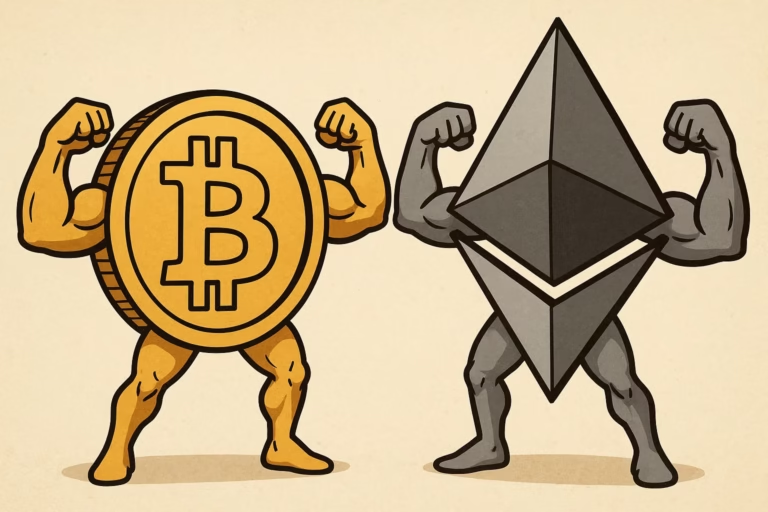
- Stellar connects traditional finance to blockchain, using XLM to enable fast and low-cost cross-border payments.
- Strategic upgrades and major partnerships continue to drive its adoption and market relevance.
Stellar is rapidly gaining attention as one of the most efficient blockchain networks for global financial transactions. Launched in 2014 by Ripple co-founder Jed McCaleb and the Stellar Development Foundation, Stellar was designed with a clear mission: to simplify and revolutionize cross-border payments by bridging the gap between traditional finance and blockchain technology.
ALSO READ:LUNC Price 60% Surge Potential: What’s Fueling Terra Classic’s Bullish Momentum?
Powering Global Transfers with Stellar
At its core, Stellar enables users to issue, transfer, and trade digital representations of currencies—including USD, EUR, and crypto—across its open-source blockchain. The native token, lumens (XLM), plays a crucial role by serving as a utility token that facilitates transactions and deters spam. As of early 2025, XLM ranks among the top 15 cryptocurrencies by market capitalization.
Unlike energy-intensive blockchains, Stellar uses the Stellar Consensus Protocol (SCP). This mechanism relies on a federated Byzantine agreement, allowing nodes to reach consensus efficiently and with low energy consumption. Anchors—trusted entities—act as bridges between traditional finance and the Stellar network, while Stellar’s built-in decentralized exchange (DEX) supports peer-to-peer trading of digital assets.
ALSO READ:Pi Coin 157% Up In a Week- Is HTX and Binance Listing Buzz Pushes Pi Network?
XLM’s Price Journey: Peaks and Setbacks
Initially launched as “stellars” in 2014 and later rebranded to lumens (XLM), the token saw minimal movement in its early years. It wasn’t until 2017 that XLM experienced a dramatic rise, peaking at $0.9381 in January 2018 during the crypto bull run, thanks to partnerships with IBM and other global institutions.
After a steep decline during the 2018 bear market, Stellar focused on building real-world use cases, partnering with companies like Deloitte and Stripe. XLM’s price saw renewed momentum in 2020 and 2021 but fell again amid the 2022 market downturn.
Recent upgrades—such as the Soroban smart contracts platform launched in 2024—have added programmability, paving the way for DeFi and NFT applications. High-profile partnerships, including those with Mastercard and Paxos, have further fueled market interest.
Factors Driving XLM’s Future
Several elements could impact XLM’s trajectory:
- Technological advancements like Soroban enhance utility and developer interest.
- Strategic partnerships can drive mainstream adoption.
- Regulatory clarity in key markets might encourage institutional investment.
- Broader market sentiment continues to influence XLM alongside other altcoins.
XLM can be traded 24/7 across various platforms, from traditional exchanges to contracts for difference (CFDs). While CFDs allow for leveraged trading, they carry heightened risks and require careful strategy.
Stellar’s growing ecosystem and real-world finance focus make it a major player in blockchain-based payments.




